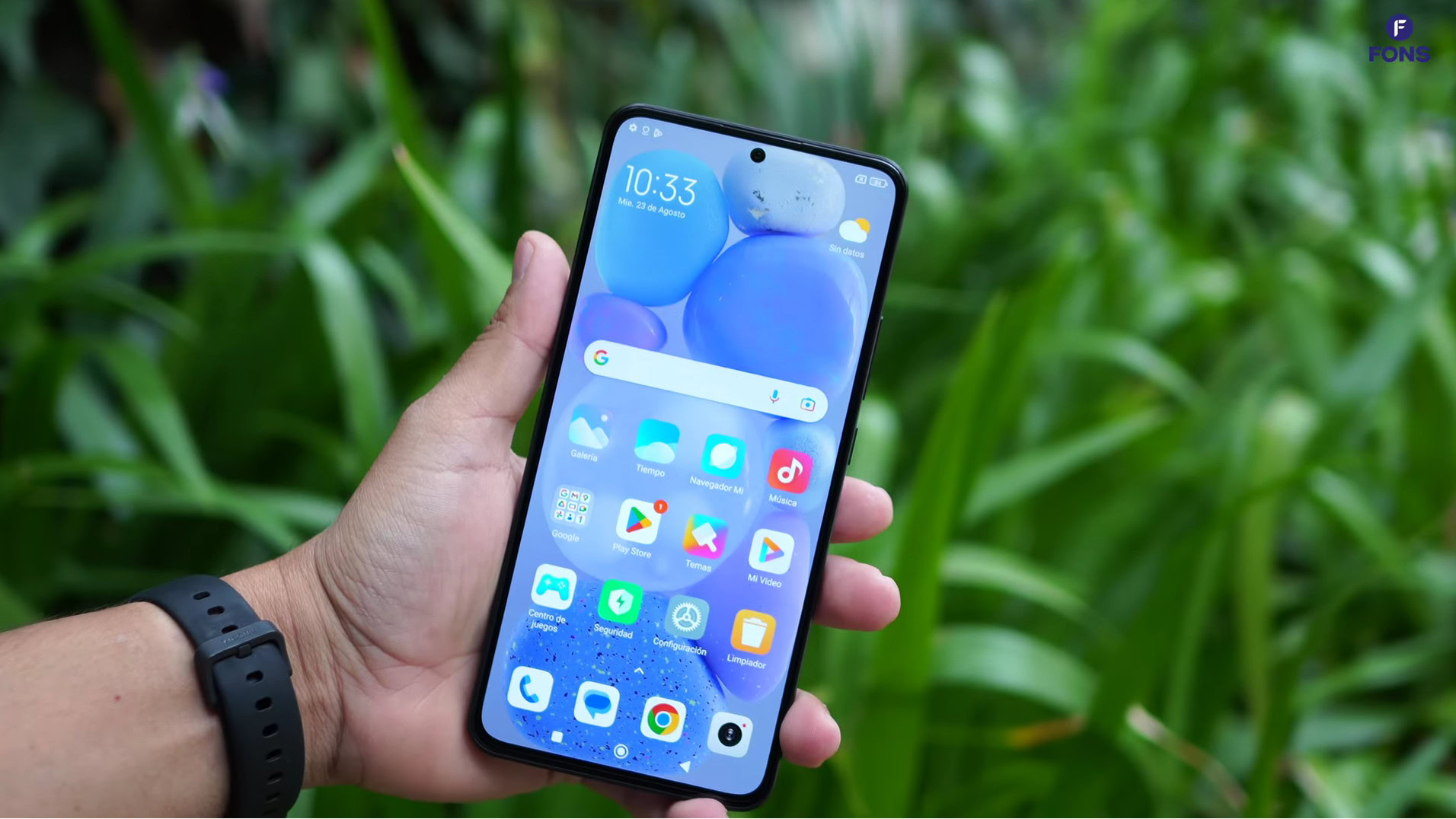Affiliate links on Android Authority may earn us a commission. Learn more.
Who has the best software update policy in the mobile world?
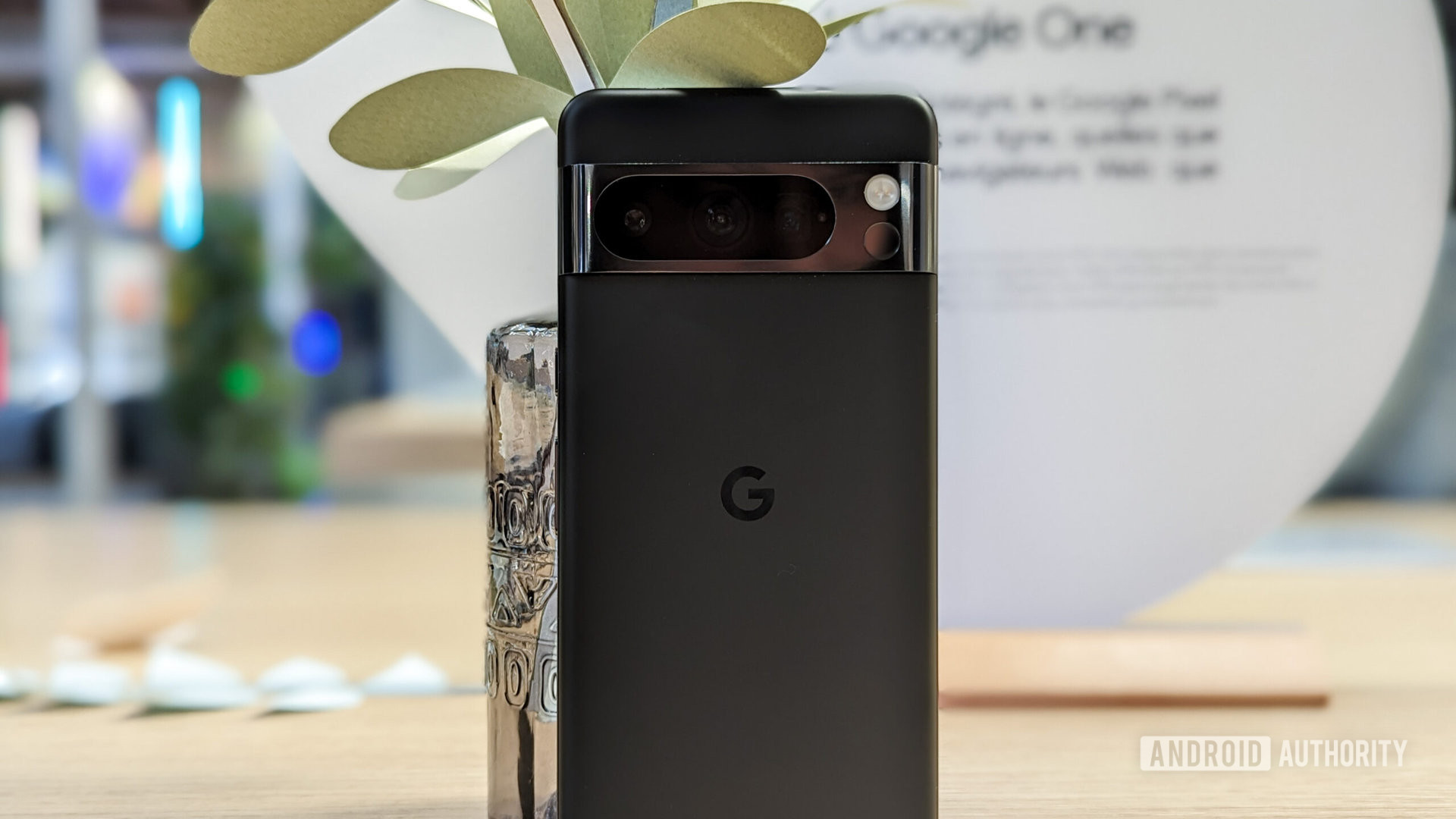
Historically, Android hasn’t had a stellar reputation regarding software updates. Thankfully, this situation has improved quite a bit over the last five years or so. In 2023, it is relatively common for Android flagships to receive at least a few years of OS updates and security patches, and even many budget phones receive at least one OS upgrade. Of course, not all manufacturers are equal in their commitment to software updates.
Google and Samsung have been two of the main leaders in software support in the Android world. Still, neither has ever come close to Apple’s support prowess — until now. Google just announced a major change to its update policy that is extremely impressive, to say the least. The competition is certainly heating up, but who has the best software update policy in the mobile world? The answer isn’t so cut and dry.
Google is the new king, but not without some caveats
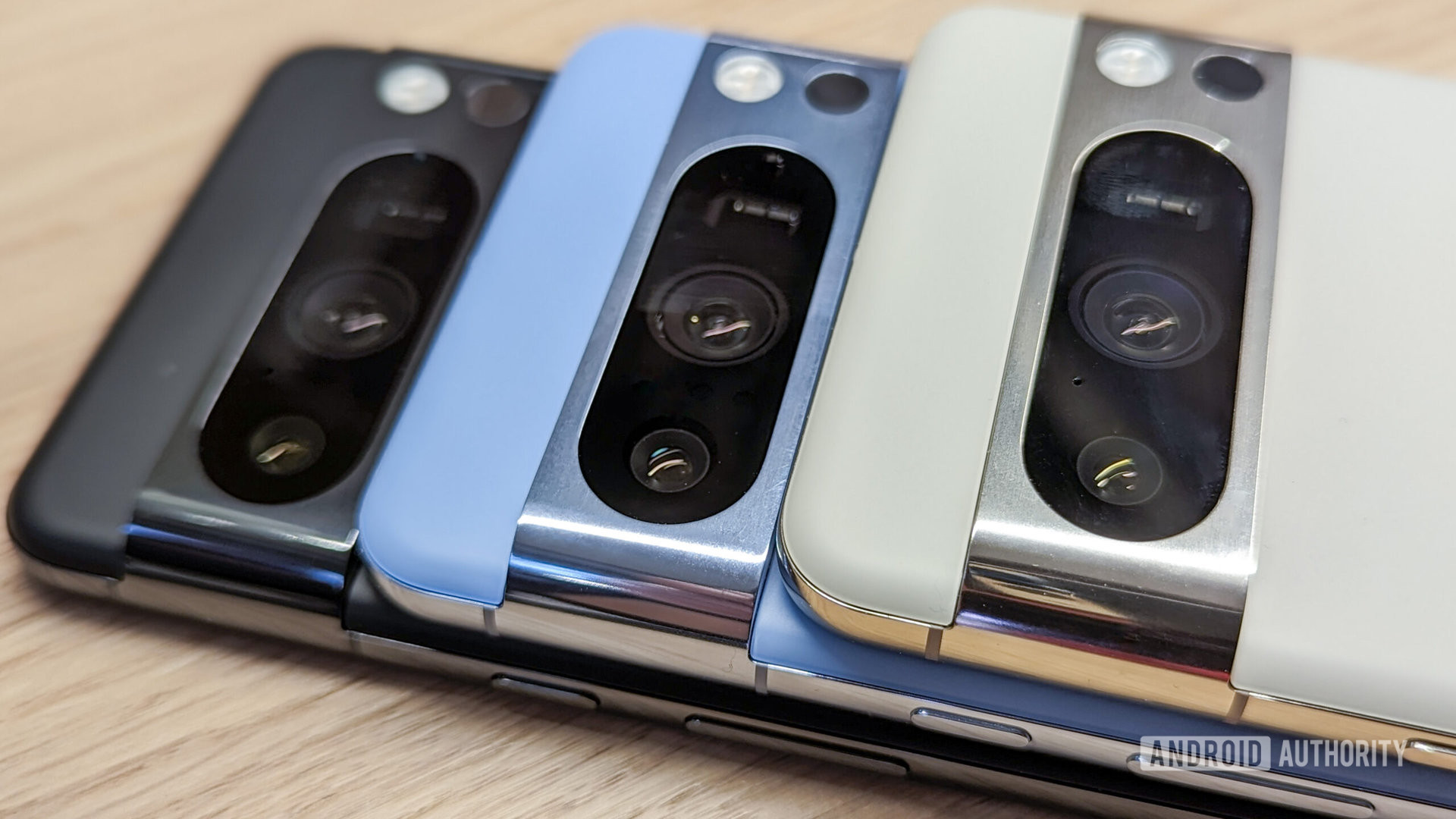
Google Pixel was one of the best Android phones for long-term software support until Samsung took over with the Galaxy S22. It seems Google isn’t content to let this situation remain. The new Google Pixel 8 and Pixel 8 Pro promise an impressive seven years of OS updates, seven years of security patches, and seven years of Android feature drops.
This kind of long-term support is unprecedented. Even Apple doesn’t offer this level of commitment. As much as this guarantee pleases us, there are some caveats here. For one, Google has confirmed this new update commitment doesn’t apply to its older devices. This means the Pixel Fold, Pixel 7, and anything older will only promise three major OS updates and five years of security patches.
It’s also worth mentioning Google hasn’t necessarily committed to supporting all future Pixels for seven years. While we wouldn’t be shocked if the Google Pixel 9 or Pixel Fold 2 received a similar treatment, it’s harder to predict if the budget-oriented Pixel 8a will have the same level of commitment. Still, Google’s latest promise has us hopeful that it will continue to set the gold standard going forward.




Apple is the most historically consistent with its software updates
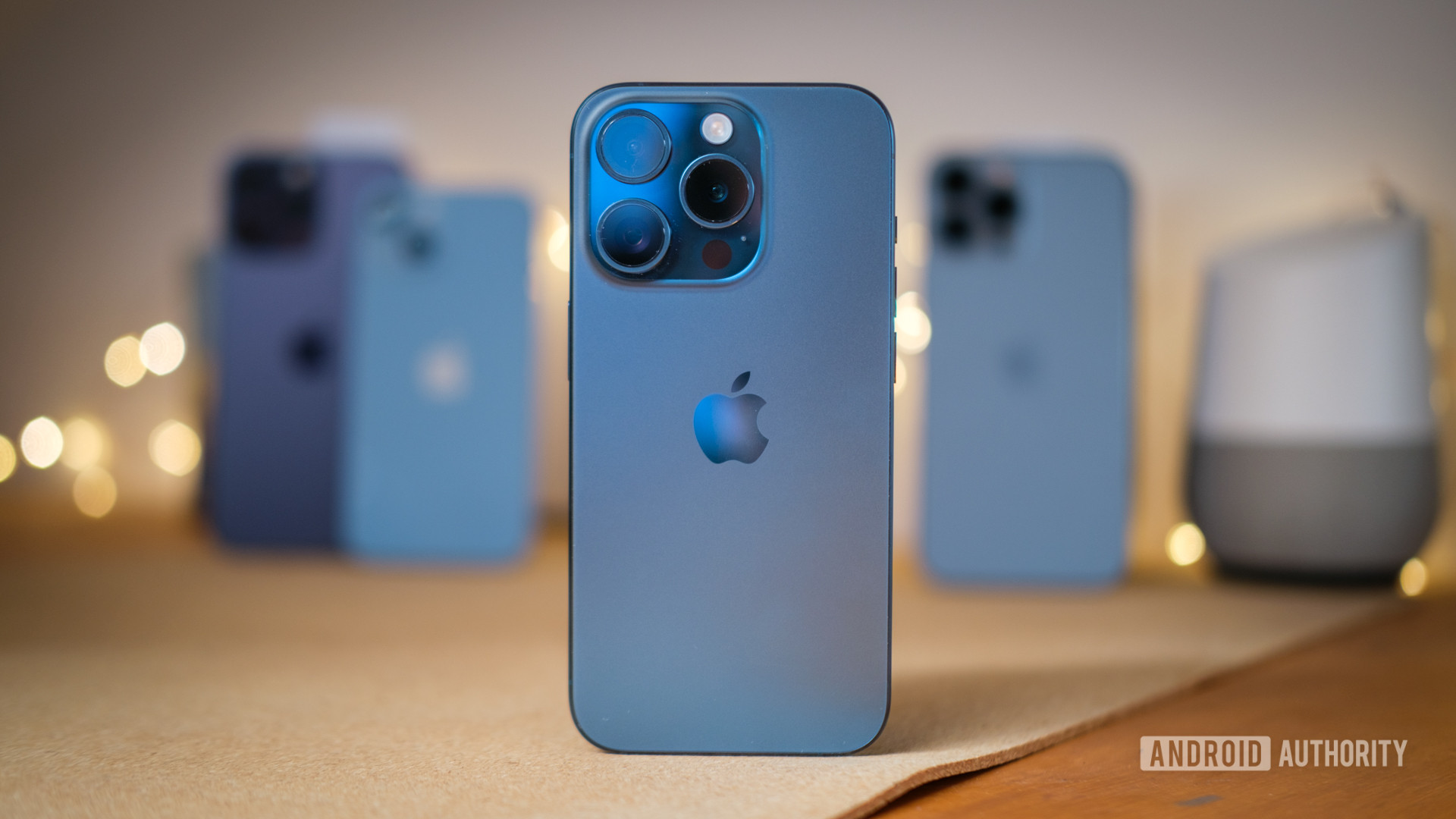
Since the early Android days, we’ve all lamented how bad fragmentation can get as manufacturers refused to support their devices in any meaningful way. In contrast, Apple’s commitment to updates has always been excellent.
Even the earliest iPhones saw at least three updates, at a time when Android updates were practically non-existent. By the time the iPhone 6 arrived, it was common for Apple to support its phones for five years or more. More impressive, the iPhone 6S shipped with iOS 9 and yet it didn’t stop receiving updates until iOS 15.
Of course, Apple also has never been very clear with its update policy. There are no official promises at all, and every phone is evaluated for updates by Apple on a case-by-case basis. For example, the iPhone 8 and iPhone X launched long after the iPhone 6S, and yet these two handsets only saw five years of OS updates.
Generally speaking, Apple continues to support its phones as long as there are no major changes to the OS that would negatively impact performance. We imagine long-term popularity can also affect how long Apple continues to update its phones. The good news is that every iPhone should see at least five years of update support. This includes newer devices like the iPhone 15, and even lower-end entries like the iPhone SE.
Samsung continues to have some of the best long-term software support
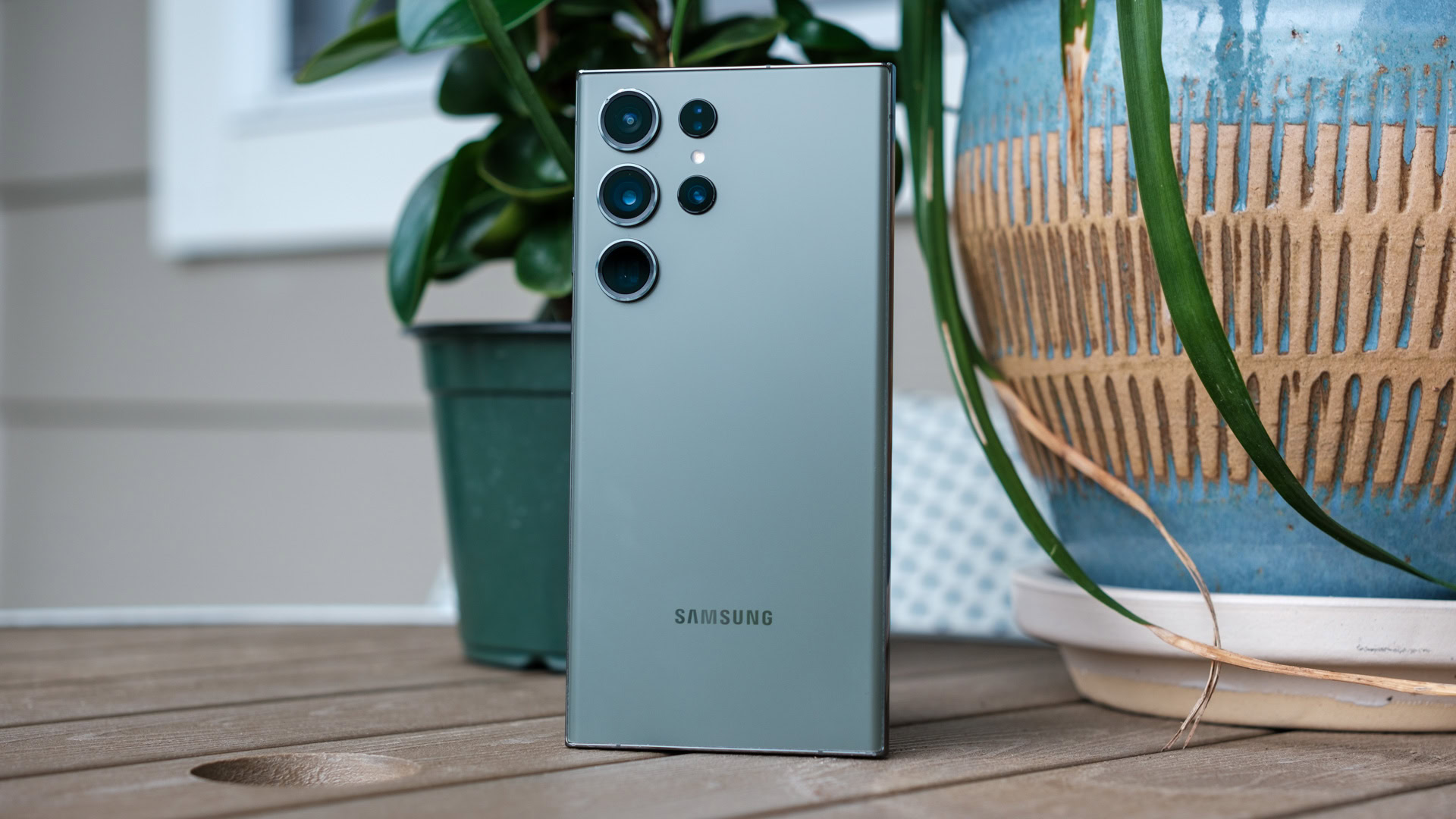
While Google might have outdone Samsung with the Pixel 8’s update policy, Samsung is still very committed to updates. It offers four years of OS updates and five years of security patches to the Galaxy S21 and newer. It also offers the same policy for its newer Flip/Fold offerings, the Galaxy Tab S8 or newer, the Galaxy Watch 4 or newer, and several members of its budget-focused Galaxy A series.
Samsung has a lot of Android products, though, so what about cheaper devices like the Galaxy M series? While not all of Samsung’s Android phones get the four-year commitment, all of them still get at least three years of OS updates and four years of software patches.
This kind of long-term support is why Samsung has become so popular among Android users. Even those on tight budgets can look forward to security patches and new OS updates. Even better, Samsung tends to be relatively prompt in rolling out a new Android version compared to other manufacturers outside of Google, especially for flagships.
Xiaomi is committed to updating its flagships, at least
Xiaomi recently announced four years of OS updates and five years of security patches for the Xiaomi 13T and 13T Pro. It’s very likely all its future flagships will continue this trend. While this sounds good on paper, it’s important to recognize Xiaomi tends to be slow with updates, releasing them as late as six months or more after Google issues a new OS version. The company’s commitment to four years of OS updates also doesn’t apply to its mid-range or budget phones.
According to Xiaomi, it is committed to providing at least two years of security patches on all its products, but there’s no firm pledge for OS updates or any promise to deliver updates in a timely manner.
OnePlus and OPPO update policy is better than many, but still flawed

Oneplus and OPPO are effectively the same company, sharing the same staff and resources. This includes the same commitment to Android updates as well. Recently, OPPO promised its 2023 flagships would receive at least four OS upgrades and five years of patches, similar to Samsung’s policy. This also applies to the OnePlus 11.
This sounds great on paper, but OPPO and OnePlus don’t have the best track record when it comes to actually releasing these promised updates. For example, the OnePlus 9 had a horrible Android 12 update bug that caused all sorts of performance issues at launch. Not to mention the company is often fairly slow with releasing its updates.
Their commitment also doesn’t apply to mid-range and budget phones, though we do appreciate that they provide some clarity here. All mid-rangers receive two years of OS updates and three years of patches, while budget phones will get one OS upgrade and two years of patches.
Fairphone sounds great on paper
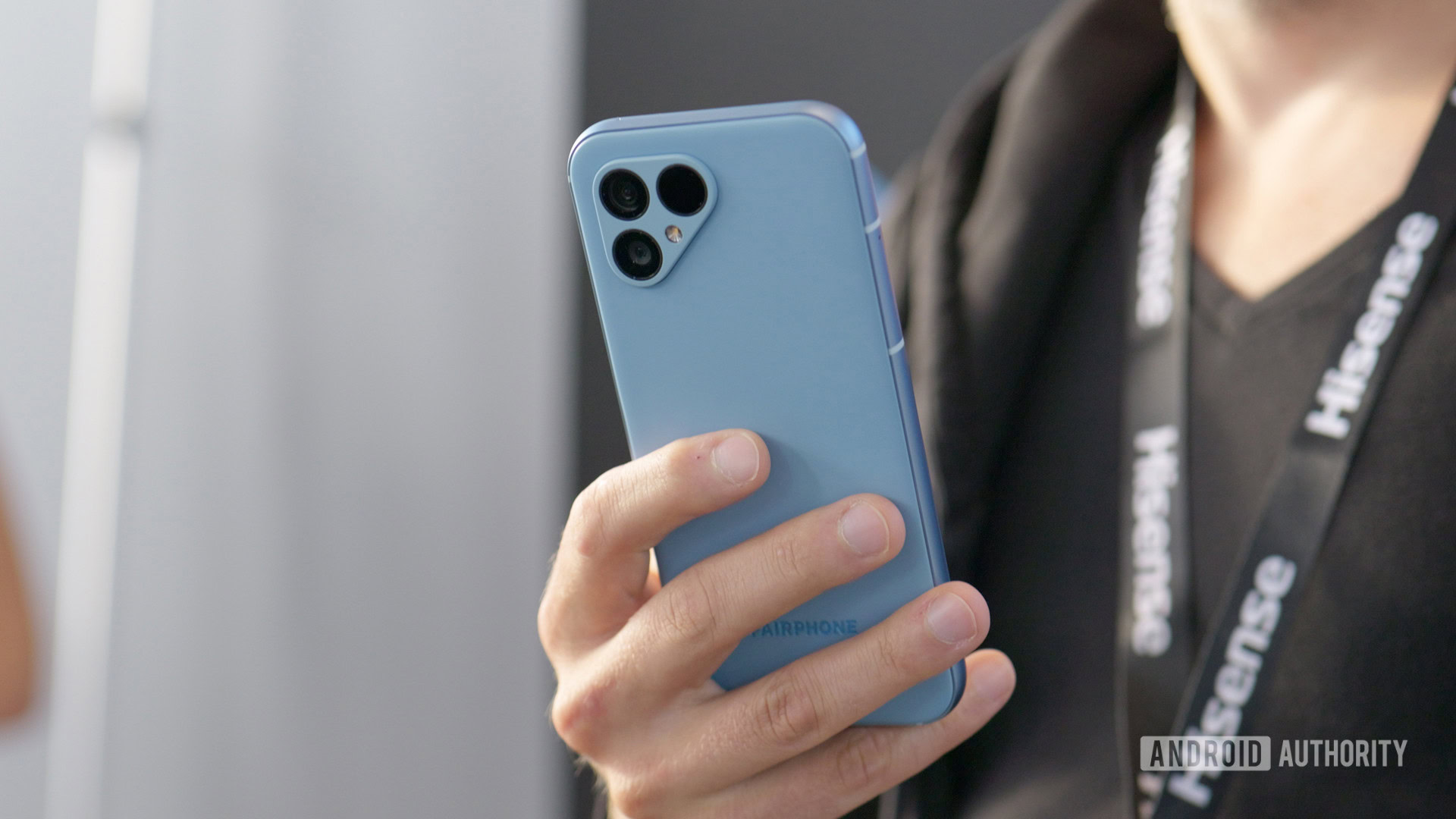
Fairphone is known for using sustainable practices in the design of its phones, all with the goal of having a minimal impact on the environment. Not only are Fairphone devices highly repairable, but they have above-average long-term software support.
The company has always been ahead of the curve here, even before Samsung and Google. The Fairphone 2 was released in 2015 and received updates for almost seven and a half years. More recently, the Fairphone 5 has taken its update commitment even further. It now promises five years of Android updates and 8 years of security patches.
This all sounds wonderful on paper, but there’s a catch. Fairphone doesn’t necessarily promise yearly OS updates or consistent patch releases. In other words, you get long-term support but not the best consistency.
It’s only downhill from here
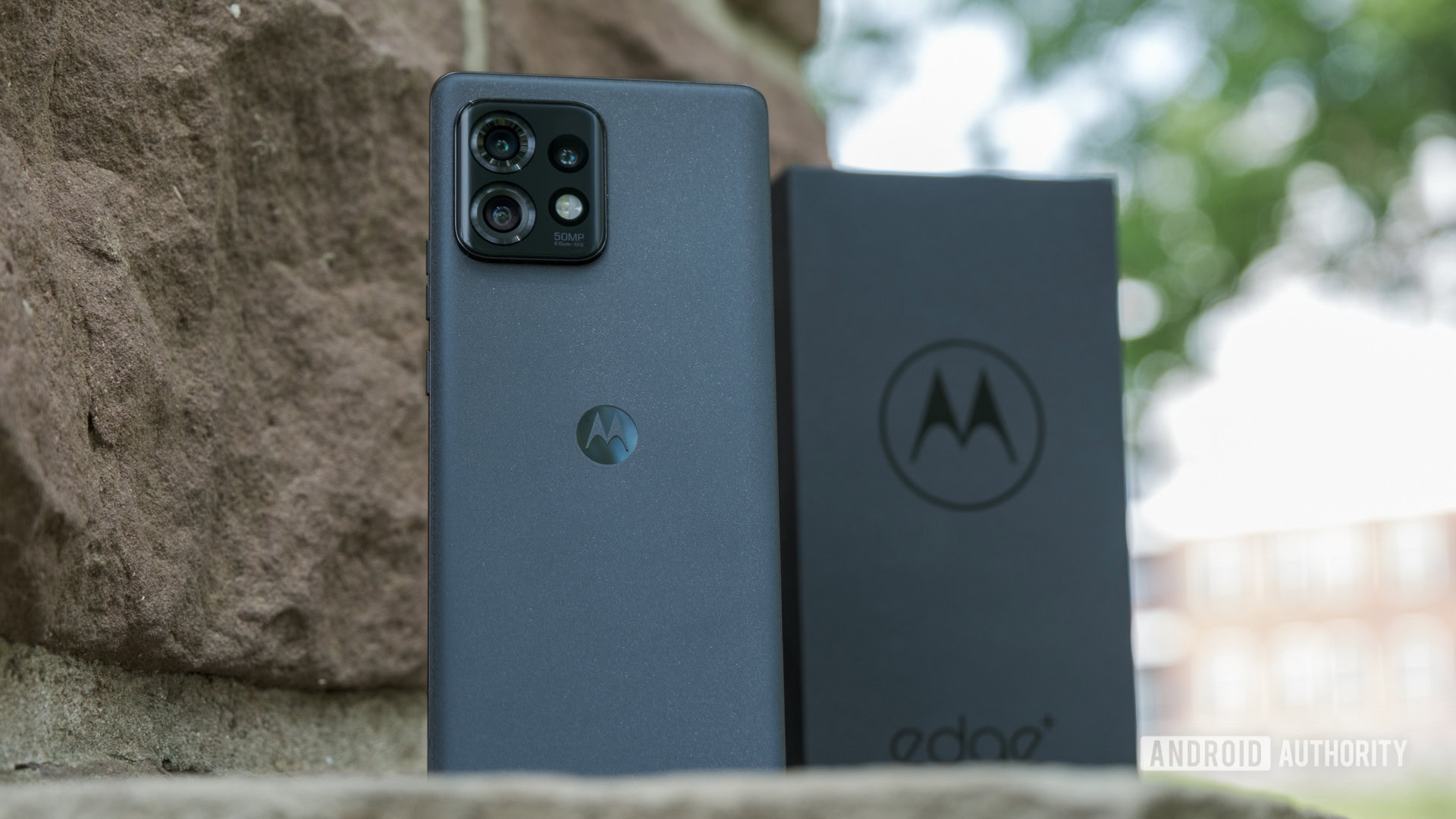
It’s clear that Google, Samsung, and Apple are the three brands that take updates the most seriously. The good news is Xiaomi, OnePlus, and OPPO are all at least attempting to up their game. Even Motorola, which has a bad track record for updates under Lenovo, has promised three years of major OS upgrades and four years of security for the Edge Plus (2023).
The problem is we’ve yet to see any real proof that companies like Motorola will actually live up to their promises. There are also still tons of manufacturers that either only offer one or two OS updates or have no clear policies at all.
Curious to learn even more? You can take a deeper look at every Android OS manufacturer’s current update policy in our phone update policies guide.
The situation is improving, but who’s the best?
We stated a question at the beginning, and we’d be remiss not to answer. In reality, there isn’t just one best option. If you only care about the latest flagships, then it’s clearly Google for now. Meanwhile, Apple and Samsung are the best in terms of consistency. No matter which Samsung or Apple phone you get, you’ll likely get at least three years of support or more. If updates matter to you, these are three brands we recommend sticking with.
The good news is the more we see Android manufacturers like Google and Samsung improve their update policies, the more likely this behavior will trickle down to the competition. For now, it seems like we’re in a bit of a race to see who can have the best update promises. That’s a far cry away from the state of Android just five or six years ago.
